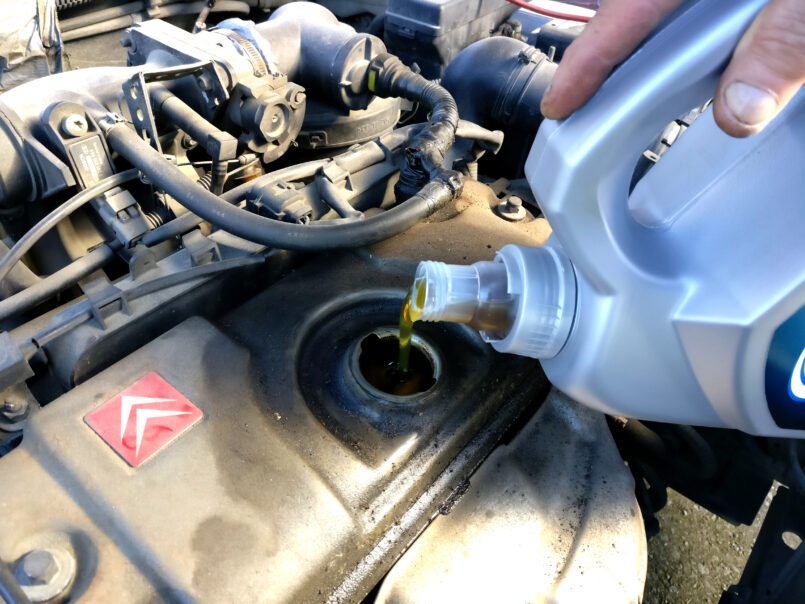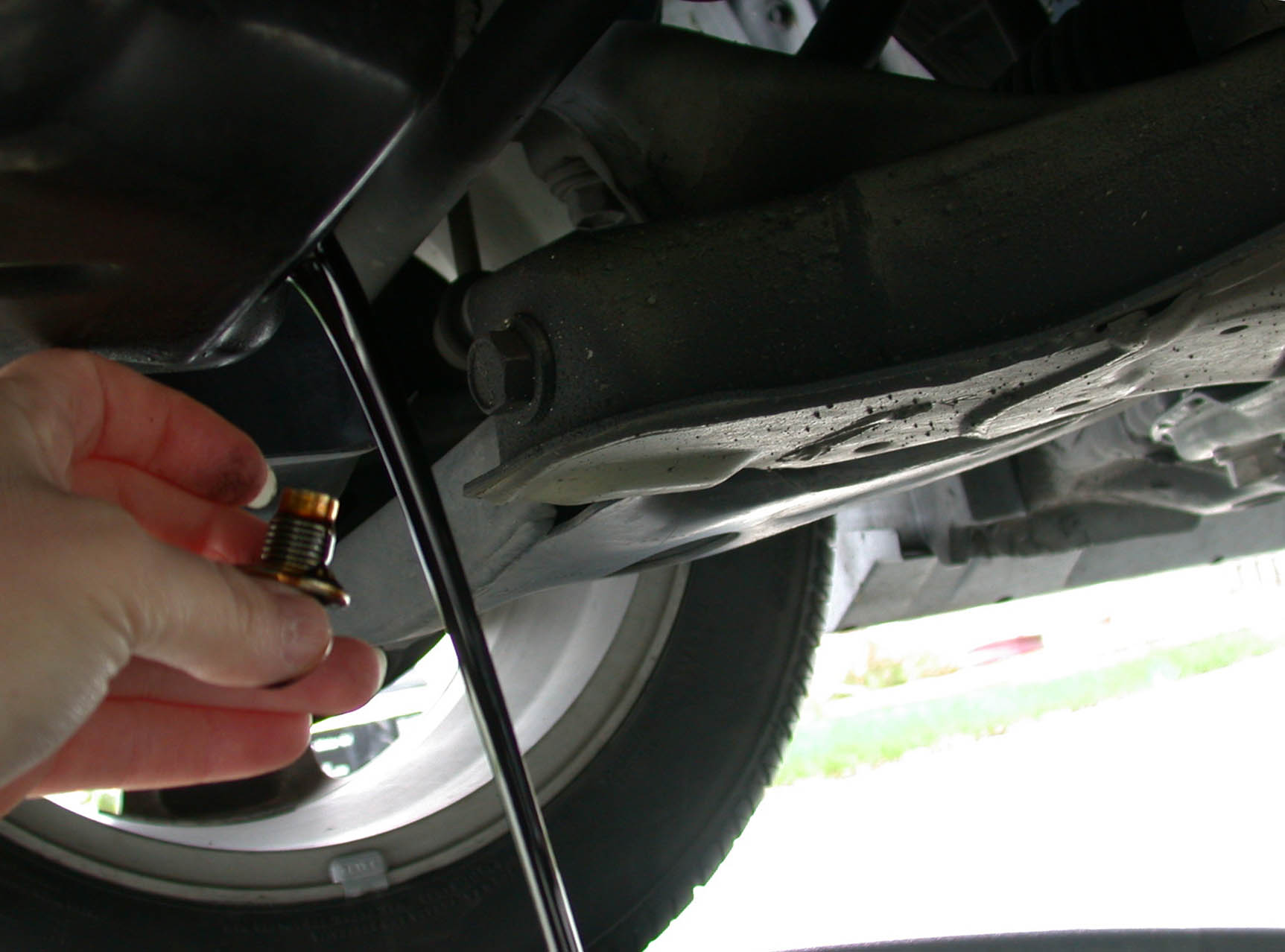How often should engine oil be changed to maintain a vehicle’s performance?
Engine Oil Change
Why is Engine Oil Change Important?
Regular engine oil changes are essential for maintaining the health of your vehicle’s engine. Engine oil lubricates
the moving parts of the engine, reduces friction, and prevents wear and tear. Over time, oil can become contaminated
with particles or break down due to high temperatures, losing its effectiveness. This is why it is crucial to
regularly change the engine oil to keep your engine running smoothly.
How Often Should You Change the Engine Oil?
The frequency of oil changes depends on various factors, including your vehicle’s make, model, and the type of oil
used. As a general guideline, most manufacturers recommend changing the engine oil every 3,000 to 5,000 miles
or every three to six months. However, some modern vehicles equipped with synthetic oils can go longer between
oil changes, often up to 7,500 to 10,000 miles. It is crucial to refer to your vehicle’s owner manual for specific
recommendations. Regular oil changes help to maintain engine performance, improve fuel efficiency, and extend
the life of your vehicle.
DIY Oil Change or Professional Service?
Performing an oil change by yourself can be a cost-effective option if you have the necessary knowledge, tools,
and time. However, it is essential to follow the correct procedures and use proper disposal methods for the used
oil. If you are unsure about the process or prefer to have a professional handle it, taking your vehicle to a trusted
Mechanics have the expertise to perform the oil change correctly
and can also inspect other vital components of your vehicle during the service.
Steps for Changing Engine Oil:
-
- Consult the vehicle owner’s manual for the recommended oil type, oil filter, and oil capacity.
-
- Ensure the engine is cool and parked on a level surface.
-
- Locate the oil drain plug underneath the vehicle and place an oil catch pan below it.
-
- Remove the drain plug and allow the old oil to drain fully.
-
- Once drained, replace the drain plug and tighten it securely.
-
- Locate and remove the old oil filter.
-
- Apply a small amount of fresh oil to the rubber gasket of the new oil filter.
-
- Screw on the new oil filter, ensuring it is tightened by hand and not over-tightened.
-
- Locate the oil fill cap on the top of the engine and remove it.
-
- Using a funnel, pour the recommended amount and type of oil into the engine.
-
- After adding oil, reattach the oil fill cap securely.
-
- Check the oil level using the dipstick, and add more oil if necessary.
By following these steps, you can ensure that your engine oil change is done correctly, promoting the longevity
and performance of your vehicle’s engine. Regularly maintaining your engine oil will ultimately save you on costly
repairs and keep your vehicle running smoothly for years to come.

Buy nowhttps://viscus.in/buy-engine-oil-online/…..









